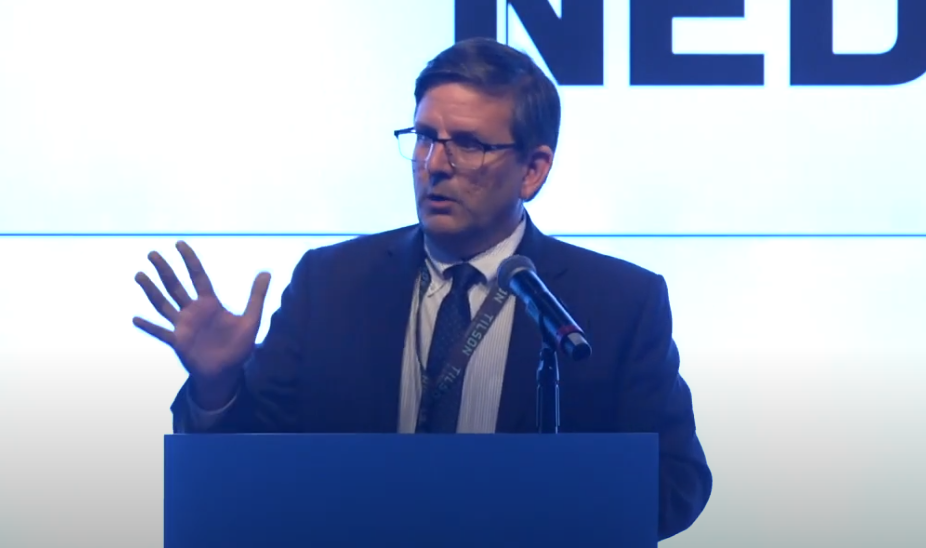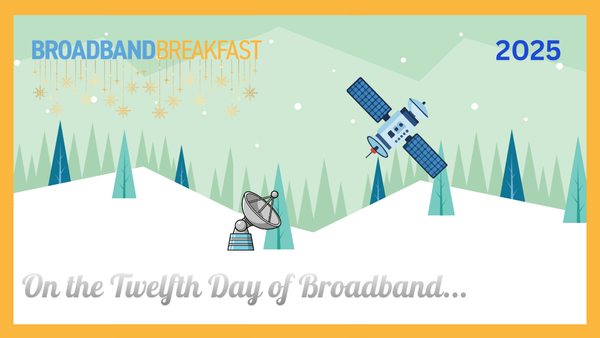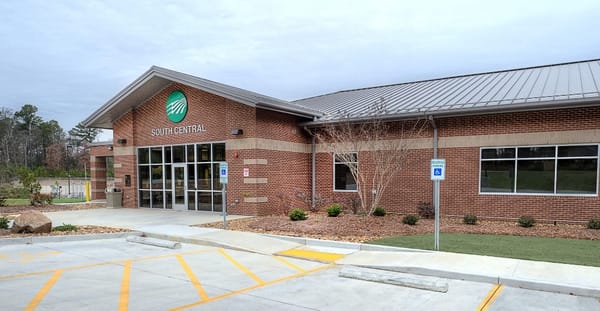OnGo Touts Google's Implementation of New Spectrum Sharing Rules
Google said said the adoption of less conservative and more realistic propagation models has led to dramatic improvements in CBRS.
Michael D. Melero

WASHINGTON, July 29, 2024 – Google on Thursday implemented changes governing the process for sharing spectrum to enhance wireless communications, said Andy Clegg, spectrum engineering lead at Google and director of the OnGo Alliance, speaking at a webinar on the same day.
Clegg was highlighting the Federal Communications Commission’s June 12 announcement of changes to its spectrum sharing system in the 3.5 GigaHertz (GHz) band of spectrum that could provide more than 70 million Americans with access to new wireless Internet access services. Google is one of six Spectrum Access System operators in the United States.
Under the tiered CBRS license system, government users, priority access license holders, and general access users share 150 megahertz of spectrum in the 3.5 GHz band. Each tier gets preference over the one below it, with spectrum access systems denying access to commercial users when military systems – largely Navy radars – are online.
OnGo Alliance was formed to develop and implement 4G and 5G technologies within the Citizens Broadband Radio Service. OnGo includes more than 185 mobile operators, cable operators, managed service providers, mobile virtual network operators, and enterprises.
Clegg highlighted the work of the OnGo Alliance during the three years of CBRS operations, and their collaboration with the National Telecommunications and Information Administration, the Department of Defense, and the FCC to make the band more resilient and less disruptive.
Clegg said the adoption of less conservative and more realistic propagation models has led to dramatic improvements in CBRS. He said that these changes, now in effect, will fundamentally enhance CBRS operations.
The government has defined dynamic protection areas along the U.S. coast where Navy radars operate. These areas, depicted as red polygons on maps, are critical for radar operations and may extend 50 or 100 miles offshore, Clegg explained.
He also said that the new changes include applying for all CBRS devices at or below six meters above ground level, significantly reducing effective interference power. "Six meters is roughly 20 feet, so about the height of telephone wires, power lines, telephone poles, the second floor of a reasonable size building, etc.," he noted.
Richard Bernhardt, vice president of spectrum and industry at WISPA, a trade association for fixed wireless providers, mentioned that when the NTIA issued its Notice of Funding Opportunity, which details the parameters of the Broadband, Equity, Access, and Deployment program, it specifically highlighted a preference for protective technologies such as fiber optic technology and licensed forms of wireless communication.
Bernhardt said during the webinar that because of the limited number of auctions currently happening, “the primary opportunity to operate within the licensed area framework for broadband delivery is through the Citizens Broadband Radio Service."











Member discussion